There’s growing interest in ways to support your cells, especially when it comes to energy, aging, and brain performance. Two of the most talked-about options right now are methylene blue and NAD+.
Both play a role in how your cells make energy, but they are not the same thing. This guide explains what each does, how they work, their benefits, risks, and how to choose the right option for your goals.
What Is Methylene Blue?
Methylene blue is a synthetic compound that has been used for over a century. Originally developed as a dye, it has since been used in medical settings for things like treating certain infections and methemoglobinemia, a rare blood disorder.
In the biohacking and supplement world, methylene blue is gaining popularity for its possible support of mitochondrial function and cognitive performance. It acts as an electron donor in the mitochondria, which may help the body produce energy more efficiently.
Dosage and Administration Methods
Methylene blue can be taken in several forms, including liquid drops, capsules, and tablets. Most supplement products use low doses, typically in the microgram to milligram range. It's important to be cautious with methylene blue, especially because higher doses may cause side effects or interact with certain medications like antidepressants.
If you choose to use it, look for pharmaceutical-grade or USP-grade options and always follow dosing instructions carefully. It's best to speak with a healthcare provider before starting.
What Is NAD+?
NAD+ stands for nicotinamide adenine dinucleotide. It's a coenzyme found in every cell in your body. NAD+ plays a critical role in cellular energy production, especially in the mitochondria, where it helps turn food into usable energy.
As we age, NAD+ levels decline. Lower levels are linked to fatigue, slower metabolism, and reduced cellular repair. Supplementing with NAD+ precursors may help restore these levels.
How NAD+ Supplements Work (NMN, NR, Direct NAD+)
There are different ways to support NAD+ levels:
-
NMN (Nicotinamide Mononucleotide): A direct precursor to NAD+ that the body can convert easily.
-
NR (Nicotinamide Riboside): Another NAD+ precursor, also backed by clinical research.
-
Direct NAD+: Some supplements use liposomal delivery to provide NAD+ directly, which can improve absorption and help to bypass digestion issues.
Benefits of NAD+ Supplementation
-
Supports maintaining energy levels
-
Support mitochondrial function
-
Promote healthy aging
-
Support cellular health and maintenance
-
Support mental clarity and focus
Some users report feeling more energized and focused with consistent use of NAD+ precursors.
Methylene Blue vs NAD+
Mechanism of Action Differences
-
NAD+: Works as a coenzyme in redox reactions, essential for mitochondrial energy production.
-
Methylene Blue: Acts as an electron carrier and may bypass certain damaged steps in the mitochondrial energy chain.
Speed of Effects and Bioavailability
-
Methylene Blue: Some users notice effects like mental clarity quickly, often within hours.
-
NAD+: Effects tend to build gradually with consistent use. Liposomal forms may improve bioavailability.
*These statements have not been evaluated by the Food and Drug Administration. This product is not intended to diagnose, treat, cure, or prevent any disease.
Specific Benefits Comparison
|
Goal |
Methylene Blue |
NAD+ |
|
Energy Support |
May support temporary mental focus |
Supports long-term mitochondrial energy |
|
Cognitive Function |
May support mental clarity |
Supports brain health and resilience |
|
Anti-Aging |
Experimental support for cell function |
Supports healthy aging and cellular maintenance |
|
Athletic Recovery |
Limited data |
Supports energy and recovery pathways |
Cost and Accessibility
-
Methylene Blue: Often lower cost but less regulated. Quality can vary.
-
NAD+: Typically more expensive, especially liposomal forms, but made to pharmaceutical-grade standards.
Safety Profiles and Side Effects
-
Methylene Blue: Can interact with medications like SSRIs. High doses may cause toxicity. Not recommended for everyone.
-
NAD+: Generally safe. Mild side effects like nausea are rare and typically dose-dependent.
*These statements have not been evaluated by the Food and Drug Administration. This product is not intended to diagnose, treat, cure, or prevent any disease.
Which Is Better for Specific Health Goals?
For Energy and Fatigue
NAD+ may offer broader long-term support for energy production at the cellular level. Methylene blue may provide a faster, temporary lift.
For Cognitive Function and Brain Health
Both may support cognitive health in different ways, but NAD+ supports brain health over time, while methylene blue may have more immediate, short-lived effects.
For Anti-Aging and Longevity
NAD+ is more widely studied for supporting longevity-related processes like DNA repair and inflammation balance.
For Athletic Performance and Recovery
NAD+ supports cellular repair, energy metabolism, and post-exercise recovery. Methylene blue research in this area is limited.
For Specific Conditions
Neither compound is intended to treat or cure conditions, but NAD+ may support healthy aging, cognitive resilience, and mitochondrial performance. Methylene blue is sometimes used off-label, but more research is needed.
Can You Combine Methylene Blue and NAD+?
Some advanced users explore combining them, aiming to support multiple parts of mitochondrial function. However, this should only be done under the guidance of a healthcare provider due to the risk of interactions and the complexity of dosing.
Choosing Between Methylene Blue and NAD+
If you're looking for:
-
Fast mental clarity: Methylene blue may help
-
Support for sustained energy and aging support: NAD+ is more suitable
-
Safe, daily support: NAD+ may have a better safety profile for regular use
Assess your goals, any medications you are taking, and your long-term needs before choosing.
Safety, Side Effects, and Contraindications
Always check with a healthcare provider, especially if you take prescription medications or have health conditions.
-
Methylene Blue: Check with a doctor if you’re taking SSRIs, MAOIs, or other psychiatric medications. May cause urine discoloration, nausea, or serotonin syndrome at high doses.
-
NAD+: Usually well tolerated. In rare cases, high doses may cause mild digestive discomfort. If experiencing this, please contact your doctor.
Bottom Line
Both methylene blue and NAD+ are used to support mitochondrial health, but they work in different ways. Methylene blue may support short-term cognitive performance with more safety concerns. NAD+ is a naturally occurring coenzyme that plays a role in energy production and may support healthy aging and brain function.
For those seeking daily, sustainable support for energy and vitality, NAD+ offers a more accessible and evidence-backed option.
Always consult your healthcare provider before starting a new supplement. For high-quality, liposomal NAD+ designed for absorption and cellular support, explore Rho Nutrition's formulations.
Disclaimer: These statements have not been evaluated by the Food and Drug Administration. This product is not intended to diagnose, treat, cure, or prevent any disease. Individual results may vary.
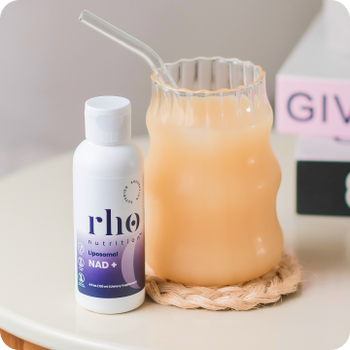
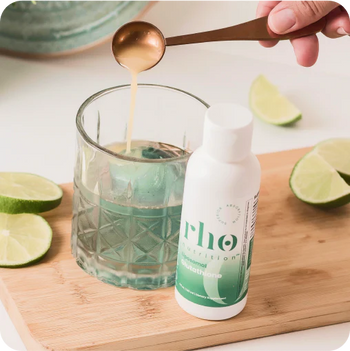

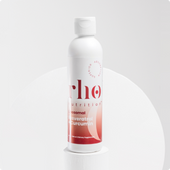
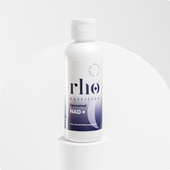

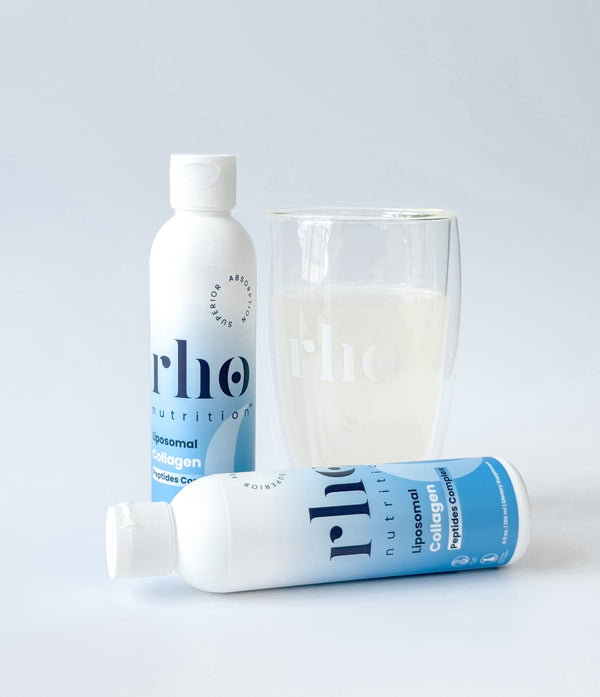
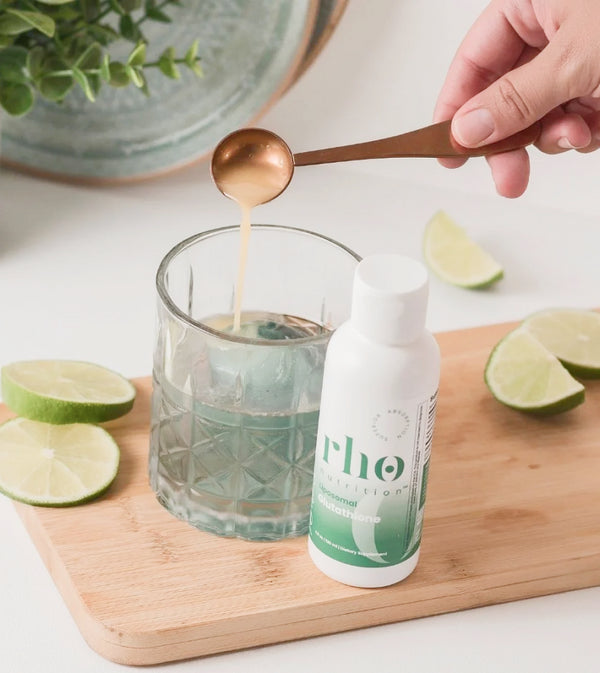
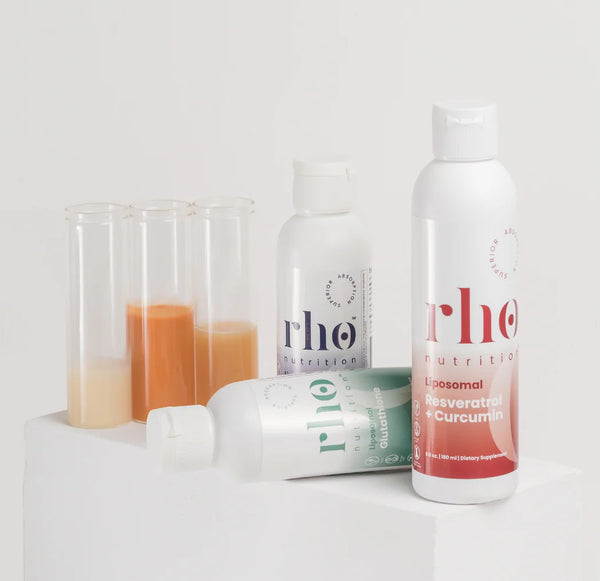




Leave a comment